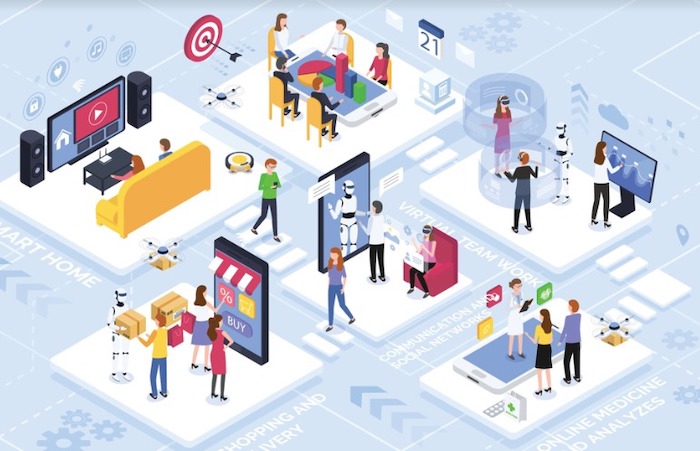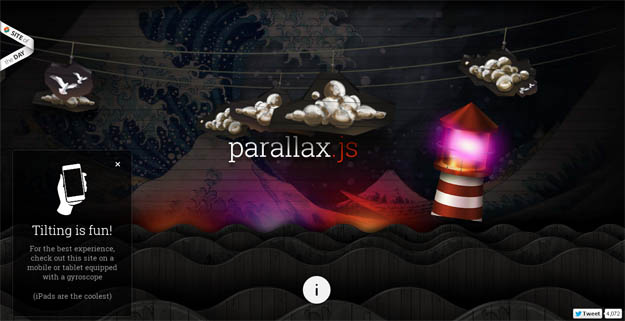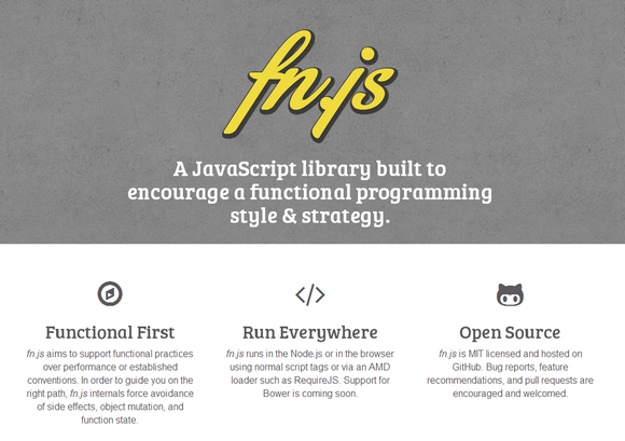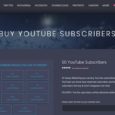The internet is flooded with tools and software, which shows 2019 are the time of digital reality. Numerous prominent headphones debuted this season, Which Range from the Oculus Rift into Samsung’s Gear VR into HTC’s Vive. However, the VR community includes somewhat mystery: The tech’s clear pages are ignoring the fascinating, educational content it will need to flourish. Also, content production requires some serious energy, especially since the VR community is bustling creating the components, best practices, and a consumer base that increasingly more seasoned innovations like.
VR’s content founders have heaps of alternatives before them. At that point, there is the alternative of tools. Right now, most VR articles are built on Java Game Development platforms through tools, for example, Unity.
In spite of these battles, VR product development is conceivable — also energizing, fulfilling, and essential to the region’s prosperity. Here is the best approach to engineer a VR experience which will knock some people’s socks off:
1. Decide on an audience and stage
Among the absolute first and most essential decisions over the VR, voyage involves picking a target market and platform. VR jars change generously inside their target customers, stemming to a great extent in the significant differences between jars’ costs, limits, input sign, and user controls.
We picked Google Cardboard for the activity so youngsters and families can use VR without being excessively expensive. Understanding our watchers and instrument set — Google’s Unity SDK — first and foremost helped us construct certainty and settle on progressively instructed decisions about attributes and user controls.
2. The prototype, model, prototype
Remember, setting up a VR merchandise is — or should be multi-step travel, and along these lines don’t control toward a production-prepared program without doing your assignments. In any case, challenge your riskiest assumptions having somewhat model to test with genuine users. From that point onward, refine your notion and retest until you’ve found a VR experience that customers can not put down.
3. Try not to make the consumer nauseously
As opposed to Netflix and bunches of computer games, VR isn’t something customers can gorge without inclination debilitated to their stomachs. Accordingly, don’t sit idle, creating an hours-in length VR experience. Or maybe, work in fractures that stop dissatisfaction and misery. This is especially vital to get Google Cardboard, which must be kept close to the face. To counteract sickness, we assembled Tiny Eye utilizing three-level”packs” When an individual finishes each of the 3 degrees, they are sent over into 2D way, giving their discernments a break before they begin another level pack.
4. Concentrate powerful VR Solutions
No material is delivered in a vacuum, so scan for motivation from different VR products accessible on the marketplace. When you are creating articles for new technology, you have heaps of room to investigate, but it’s likewise prudent to incline toward individuals who have ventured to every part of the road previously.
5. Try not to disregard the feedback loop
VR may energize new technology, but it should even now adhere to ordinary product travel. Use feedback loops to ensure consumers may wish to return into the thing following the first, second, and third occasions.
6. Stay cutting-edge on VR tech
VR is evolving rapidly, so even as you are chipping away at creating a product, stay cutting-edge on the most present and best. While we have been concentrating on VR products, Cardboard and the Unity SDK have been upgraded a few times. Watch out for the marketplace for improved tools and updated applications. These open up new attributes, squash bugs, and make sure your merchandise is bleeding edge when it is prepared for market.
7. Support communitarian structure and development
A decent arrangement of the existing tools for product development is not straightforwardly identified with the current VR merchandise, which means development and configuration groups need to work together more intently than any other time in recent memory. We endeavored to have designers utilize tools, for example, Framer to reenact VR experiences, but it had been difficult to decipher genuine improvement. At long last, we found to match development and configuration, seating them close by one another for more grounded cooperation and substantially more quick prototyping.
8. Know the estimation of beta testing
A primary and energizing stage during the advancement of any engineering product is consumer testing. In Yeti, we’d nearly everyone who went to the workplace give Tiny Eye a wind — including a solitary client’s 7-year-old kid. Presently’s VR headsets have very limited user establishments. Consequently, beta testing may initially require a couple of user preparing. This requires some investment. However, it merits the opinions gleaned from customers’ opinions and data.
9. Test without risk of punishment
Mainly while VR stays new, programmers must test get what parts produce vivid, increasingly agreeable VR experiences. Try not to be hesitant to unique prototype attributes, cooperations, and inclinations, and ensure you test them.
10. Offer back to the community
As your staff gets the swing of VR development alongside your product advances, be an awesome resident, and offer your involvement with other individuals. Compose blog articles about your undertakings in transit, record a digital broadcast, and talk at meetings, and make YouTube instructional exercises. The further we share what we’ve heard, the more prominent VR can develop and thrive. Developing your initial virtual reality product could be scary, but it’s anything but a waste of time. You have the instruments, creative mind, and suggestions to start. Join Yeti in development encounters which will genuinely mark 2016 since the time of digital reality.





